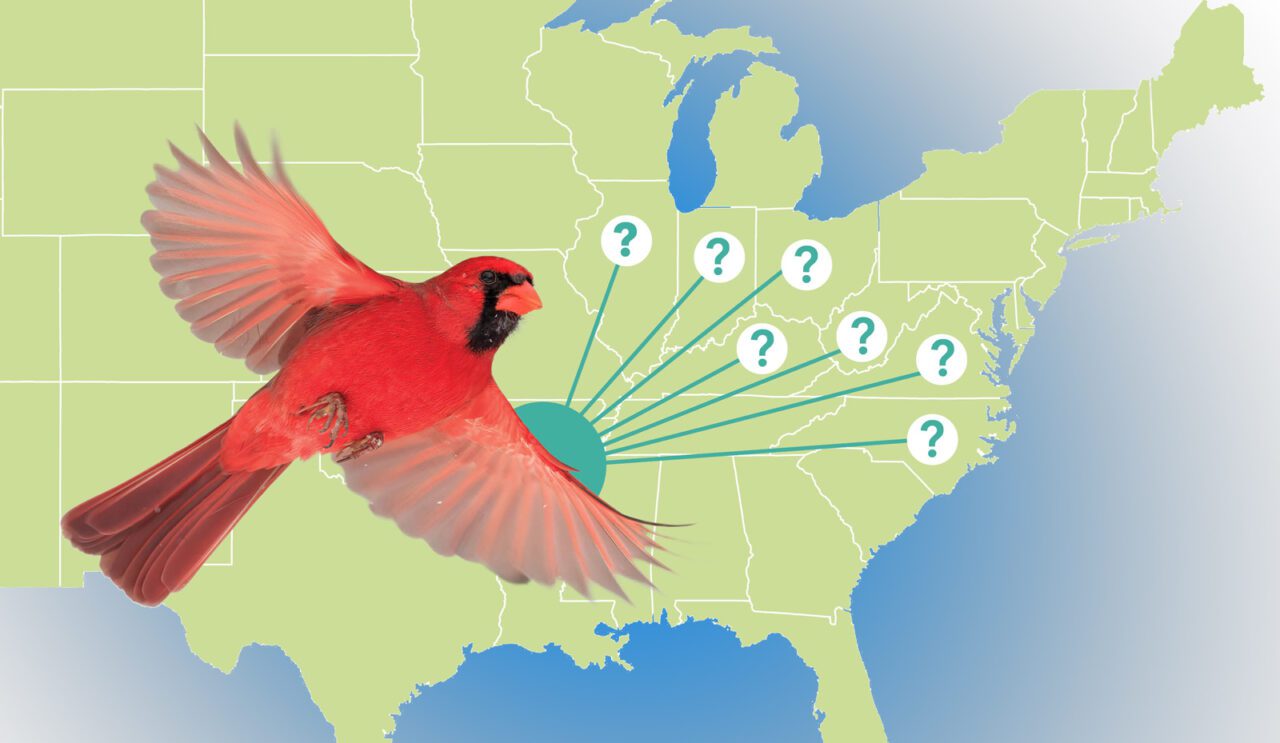
Our state bird here in Arizona is the Cactus Wren. It’s a perfect bird to represent our desert state and, if you have seen one and listened to it, you will understand. But not all states have such a diagnostic bird species as the state bird. In fact, several bird species are used multiple times. For example, 7 states have adopted the Northern Cardinal as their avian flag bearer. Two enterprising associates of the Cornell Lab have used Ebird data as a basis for a suggested reassignment system. It makes sense, really. Why should the Kentucky Warbler be the state bird of Arkansas? Look at this article:
State birds are meant to pay tribute to local wildlife while inspiring people to get to know their avian neighbors. But for birders, some of the official state and provincial birds are a bit, say, uninspiring—and there’s an amazing amount of overlap. Only 20 out of 50 states have unique state birds. Seven states share the Northern Cardinal, six claim Western Meadowlark, and five honor Northern Mockingbird. Even among the unique state birds, there are exotic species (such as Ring-necked Pheasant of South Dakota) and domestic chickens (like the Rhode Island Red).
A birder might ask: With more than 700 native bird species to choose from, is the current selection of state birds really the best that our societies can come up with? (In fact, Nick Lund, aka “The Birdist,” tackled just this question in a hilarious 2013 post State Birds: What They Should Be on his blog.) Read More
Cactus Wrens are not common in the Verde Valley, but you might find one here: Montezuma Well (Nat’l Mon) – Birding in the Verde Valley (verdevalleybirding.com)